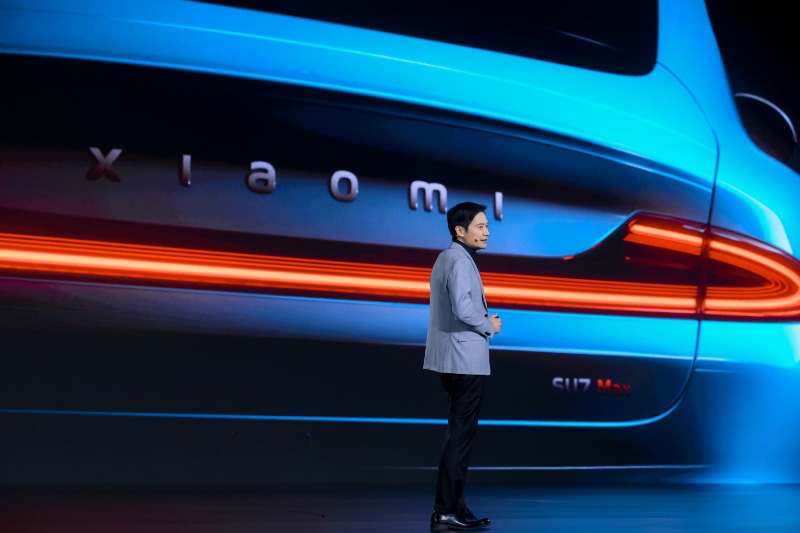Wang Hua from Xiaomi refutes the rumor of the car factory suspension: Expects to deliver over ten thousand units again in July
In response to this rumor, Xiaomi's PR head Wang Hua has recently issued a statement to deny it and revealed some of the latest developments.

On July 2, rumors suggested that due to high temperatures in the workshops and other factors, Xiaomi's auto factory might halt operations, leading to delivery delays. In response to these rumors, Wang Hua, Xiaomi's PR head, issued a statement denying the claims and provided some updates. Wang stated that since the implementation of double-shift production in June, the monthly delivery volume of the Xiaomi SU7 series has exceeded 10,000 units. Starting from July 1, the delivery speed is expected to accelerate further, with the delivery cycle post-order lock-in potentially shortening by up to five weeks. Additionally, Xiaomi's auto factory will undergo a new round of production line optimization and maintenance to boost capacity readiness, with July deliveries projected to continue surpassing 10,000 units.
According to official data from Xiaomi's automobile division, the delivery volume of Xiaomi SU7 exceeded 10,000 vehicles in June and is projected to remain above that mark in July. This demonstrates ongoing improvements in the production capacity of the Xiaomi SU7 model. Specifically, delivery volumes for the Xiaomi SU7 have shown significant growth in recent months: 7,058 units in April, 8,630 units in May, and surpassing the 10,000 mark in June.
Despite the continuous increase in delivery volumes, the Xiaomi SU7 continues to face high demand exceeding supply. At the 2024 Second Future Automotive Pioneer Conference, Xiaomi Group's founder, chairman, and CEO Lei Jun disclosed that in its first month in the automotive industry, orders for the Xiaomi SU7 exceeded 88,000 units. Lei Jun also stated that the company has implemented several measures to address this high demand, including operating the factory in double shifts to ensure monthly deliveries of at least 10,000 vehicles. The company's annual delivery target is 100,000 vehicles, with plans to push for 120,000 units, a target considered a new record in the industry.
In addition to accelerating production capacity and delivery speeds, Xiaomi Automobile is also expanding its sales efforts. According to official announcements, Xiaomi Automobile added 17 new stores in June, bringing the total to 87 stores across 30 cities nationwide. In July, Xiaomi Automobile plans to add another 17 stores, expanding into four new cities: Jinan, Changzhou, Changchun, and Guiyang.
The China Passenger Car Association (CPCA) announced the wholesale sales volume of new energy passenger vehicles in June 2024, with Xiaomi SU7 recording 11,603 units, ranking 14th.
In June 2024, significant shifts emerged in the competitive landscape of China's new energy vehicle (NEV) market. LI Auto delivered approximately 47,800 new cars in June, a year-on-year increase of 46.7%, bringing its total deliveries for the first half of the year to 822,300 units. This performance positioned LI Auto as the leading brand among China's emerging automotive companies in terms of sales volume.
Overall, the new energy vehicle market in 2024 has entered a phase of intense competition, with brands competing for market share through various market strategies and product advantages. As the market continues to mature, the enhancement of intelligent configurations and services will become a key focus of brand competition, further driving the development of industry technology and improving user experience.
·Original
Disclaimer: The views in this article are from the original Creator and do not represent the views or position of Hawk Insight. The content of the article is for reference, communication and learning only, and does not constitute investment advice. If it involves copyright issues, please contact us for deletion.